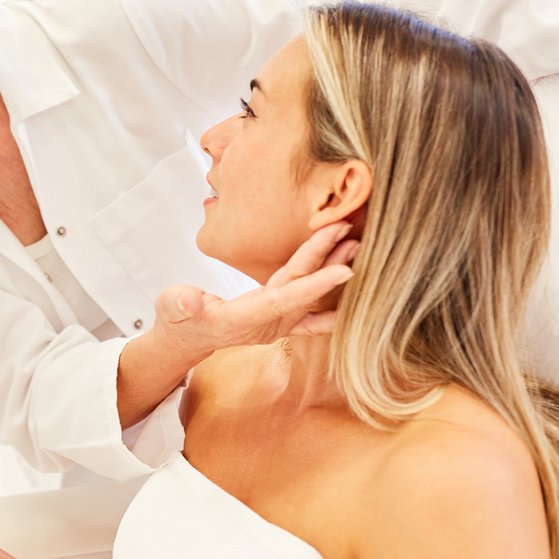Skin Conditions
Skin Conditions | Acne Rosacea
The name acne rosacea can be confusing, because it is not actually a form of acne. The term is used to describe a type of rosacea where the sufferer also has small red spots or bumps accompanying the skin redness and flushing which characterizes the skin condition. Some sufferers will also have dilated blood vessels on the face known as telangiectasia. Acne rosacea is categorised as a chronic skin condition and left untreated will usually get worse.
What causes Acne Rosacea?
There are a lot of reported causes and triggers of acne rosacea, not all of which are backed up by evidence. For many, the skin redness caused by acne rosacea is continually present or persistent. For others, it is transient, meaning that it comes and goes. In either case, the onset of rosacea is usually aggravated by other factors. These can include sensitivity to hot or cold temperatures, the sun, stress, topical irritants on the skin and certain foods – both dairy and spicy foods have been linked to the condition. Other causes are thought to be demodex folliculorum (a form of mite) and there have even been suggestions that a certain type of bacteria found in the gut can lead to the onset of the condition.
Where can you get Acne Rosacea?
Acne rosacea is usually isolated to the face, mainly the cheeks, as it is associated with blushing. It can also be found on the forehead, nose, ears and even the scalp. It may also affect the eyes. This is known as ocular rosacea.
Who can get Acne Rosacea?
Acne rosacea is more common in women than in men and usually affects people with fair skin- it is also most prevalent in adults.



